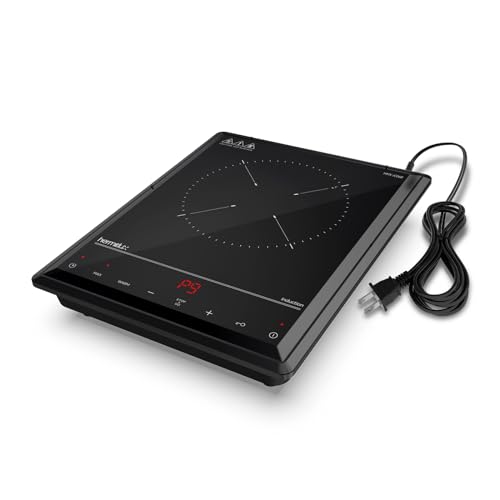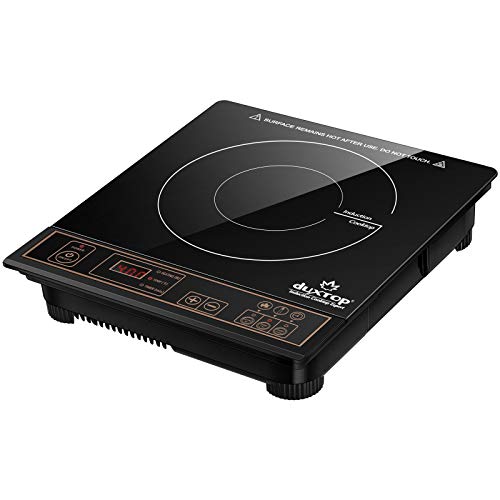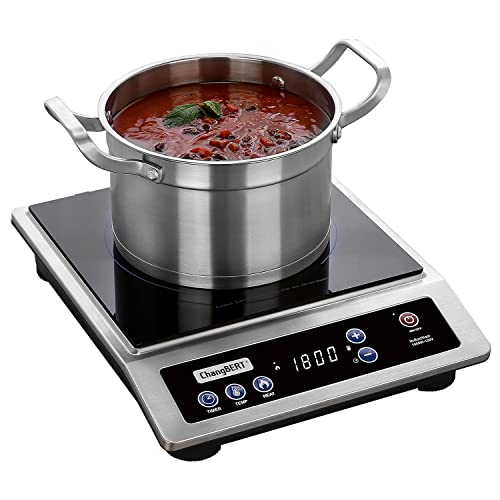Does an induction cooktop work with cast iron pans? Experts share their verdict
Our experts explain the perfect pairing


Induction cooktops are a worthy addition to any kitchen: they’re sleek, efficient, and easy to use, but they work differently from traditional stovetops.
Unlike other stoves and cooktops, induction stoves work by heating the pan, not the cooktop's surface, bypassing electronic currents through copper coils. If a magnetized pan is placed on the stovetop, the magnetic field then causes the pan to heat up rapidly, meaning they are used and loved by home cooks and professional chefs alike.
As they’re one of the essential home cooking tools, you probably have a cupboard filled with cast iron pans in your kitchen. But, before investing in an induction cooktop, will they work together, and what are the best induction pans?
Does an induction cooktop work with cast iron pans?
We’ve spoken to chefs and cookware experts, and put together this guide, so you’ll know how to make better kitchen purchases and avoid making any induction cooktop mistakes.
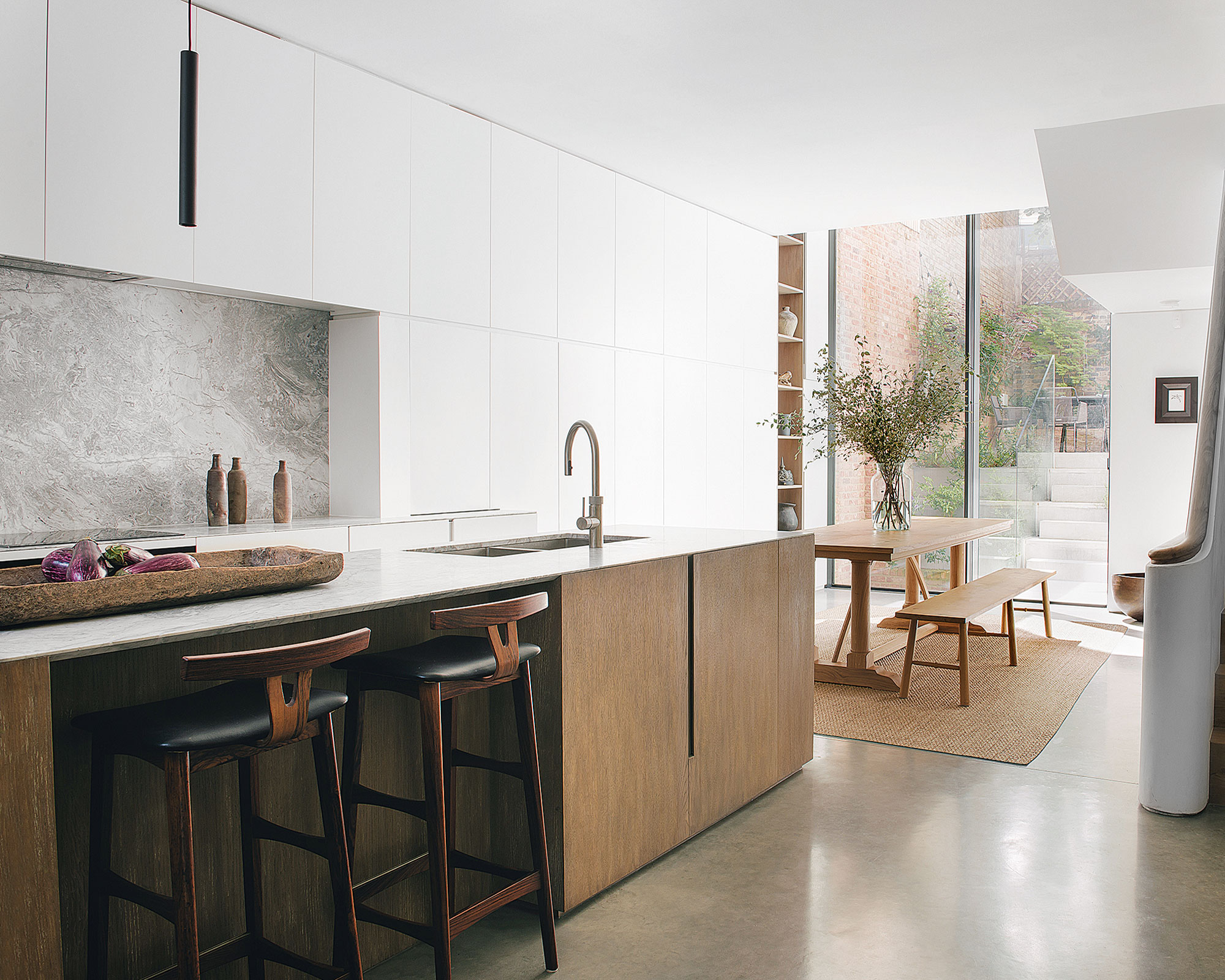
‘Cast iron pans work excellently on induction cooktops, as cast iron is compatible with the magnets used to create the heat in induction cooktops,’ says Mike Williams, vice president of sales and marketing for electric grill manufacturer Kenyon. ‘Just make sure to preheat your cast iron pan at a low temperature when cooking on induction because drastic temperature changes can be bad for the pan’s durability.’
Perfect for cooking up a storm in your kitchen, cast iron pans heat up evenly and retain heat effectively, making them a foolproof choice for frying and searing.
For maximum efficiency, Rena Awada, owner and head chef at Healthy Fitness Meals LLC, recommends making sure your cast iron pan is flat-bottomed. 'That way, it will make good contact with the induction cooktop and heat up quickly,' she says.
Kevin Ashton, Culinary Advisor at Restaurantji, also advises to handle your cast iron pans and induction cooktop with care, to protect against scratches and scuffs. ‘Be careful with the weight, and ensure the pan’s base is smooth to avoid scratching the surface of your cooktop,’ he says. This can also be avoided by picking up your pan to move it, rather than sliding it, says Williams, although most induction cooktops on the market today are made with ceramic glass, which is both durable and easy to clean, and protects against scratches.
Alternatives
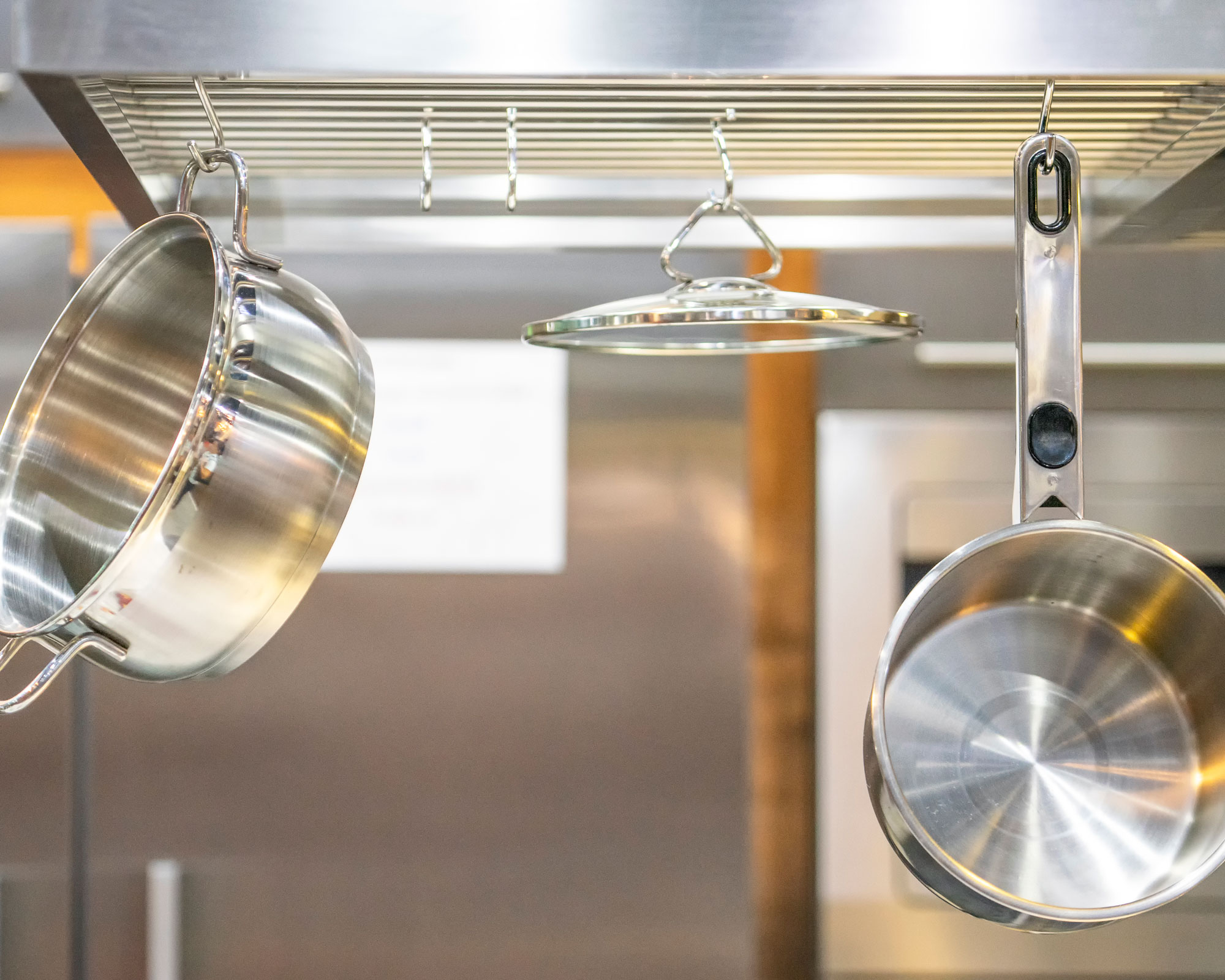
While you may be weighing up the pros and cons of investing in an induction cooktop and considering the induction vs electric cooktop debate, your pans may not necessarily be a kitchen item you need to upgrade.
‘If you’re looking for alternatives, stainless steel pans work well too,’ says Awada, and you probably already have a collection at home. ‘They’re great for sautéing and making sauces since they heat up and cool down just as easily when you remove them from the cooktop. Keep a couple of good non-stick pans for things like eggs and pancakes, alongside your trusty cast iron for other hearty dishes. I love brands like Le Creuset for their quality and durability.’
Ashton also recommends using a high-quality cast iron skillet, like this Le Creuset one available at Saks, particularly as it’s such a versatile addition to any kitchen.
‘A cast iron skillet is a perfect option for an induction cooktop because it has excelled heat retention and even heating properties,’ he says. ‘I love it because it can handle a wide range of cooking tasks, and its robust construction ensures that it lasts for many years with proper care. It can also develop a natural, non-stick surface over time, making it an invaluable tool in your kitchen.’
Of course, there are also pans specially designed for induction cooktops, like magnetic stainless steel or enameled cast iron, which may be a valuable investment. ‘These materials not only conduct electromagnetic heat efficiently but are generally lighter and feature smoother bottoms than traditional cast iron, minimizing the risk of scratching your cooktop,’ says Randhawa.
Our final thoughts
So, the good news is, not only do induction cooktops work with cast iron pans – they do it well.
If you're thinking of buying an induction cooktop but don't own any cast iron pans, stainless steel will also work effectively, or purchase some pans made specifically for your new cooktop for a perfect pairing.
FAQs
What happens if you use a normal pan on an induction cooktop?
Fortunately, if you use a normal pan, or the wrong pan, on an induction cooktop, nothing will happen. You won't cause any damage to your stovetop or pans, but without magnetization your cooktop simply won't turn on or heat up, rendering it a useless combination.
Is it worth changing to an induction cooktop?
Though expensive, an induction cooktop is a great all-round investment. They're more energy efficient, faster, safer, cheaper to run, and much easier to clean than a traditional stovetop.
To keep your pans working to the best of their ability on an induction cooktop, clean them regularly.
'Use a non-abrasive cleaner to keep their performance up,' says Alex Zaman, owner of Costco Verdict. 'Also, let your pans cool down completely before washing to prevent warping.'
Sign up to the Homes & Gardens newsletter
Design expertise in your inbox – from inspiring decorating ideas and beautiful celebrity homes to practical gardening advice and shopping round-ups.

Ottilie joined Homes & Gardens last year, after finishing a Master's in Magazine Journalism at City, University of London. With previous contributions in Livingetc and Motorsport Magazine, she produces content for the Solved section on the website, focusing on clever tips and tricks to keep your home beautiful, organized and clean. She also has an undergraduate degree in English Literature and History of Art from the University of Edinburgh, where she developed a love for inspiring interiors and architecture.
-
 Do cleaning products expire? Professional cleaners warn time could make them ‘less effective, and in some cases, irritating to use’
Do cleaning products expire? Professional cleaners warn time could make them ‘less effective, and in some cases, irritating to use’For the best results, it pays to stay on top of the timeline of your cleaning products
By Chiana Dickson Published
-
 7 of the best tomatoes for growing in pots - expert growers pick their top varieties ideal for large harvests from containers
7 of the best tomatoes for growing in pots - expert growers pick their top varieties ideal for large harvests from containersYou can enjoy bumper homegrown harvests in small spaces
By Drew Swainston Published
